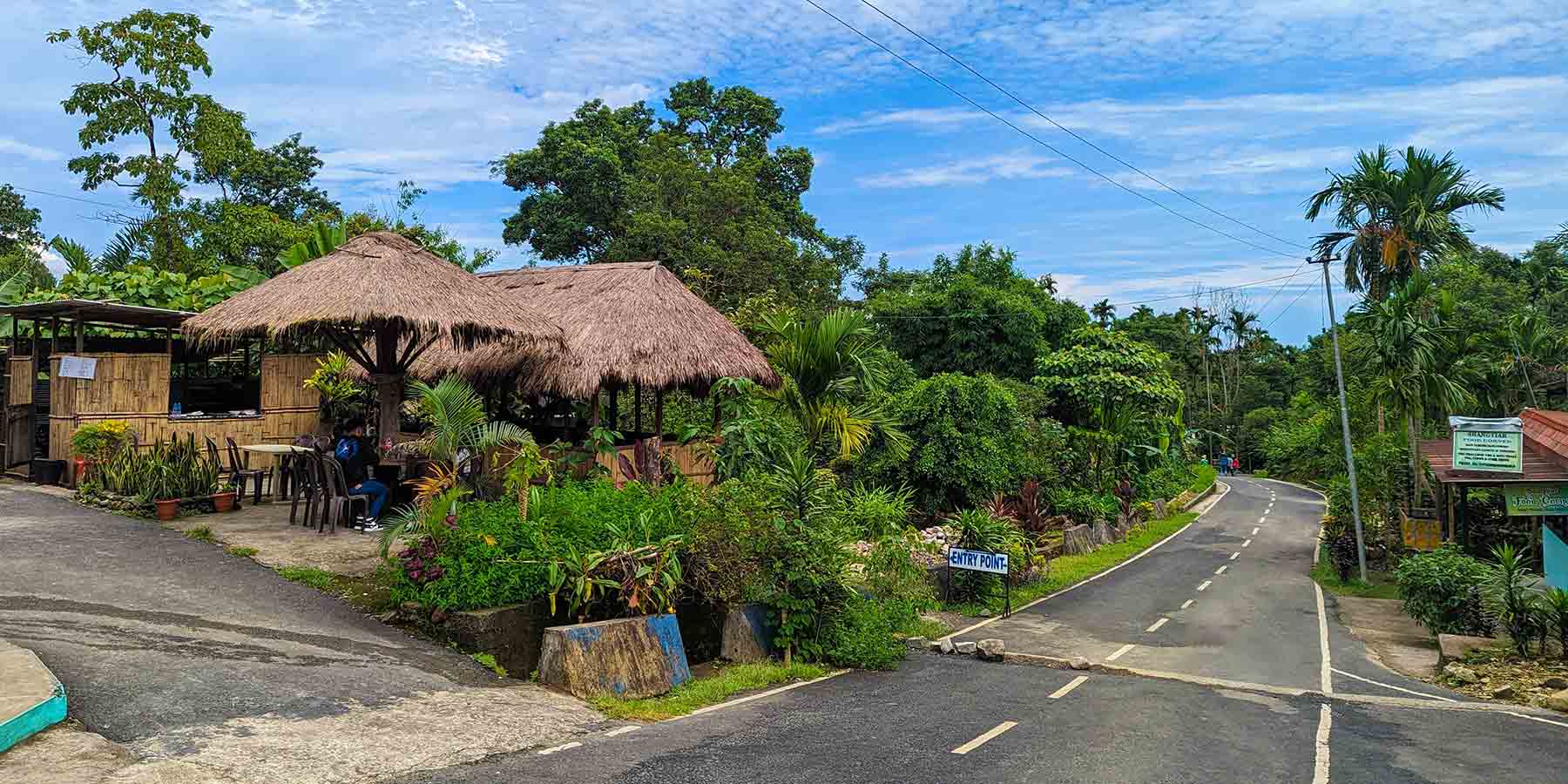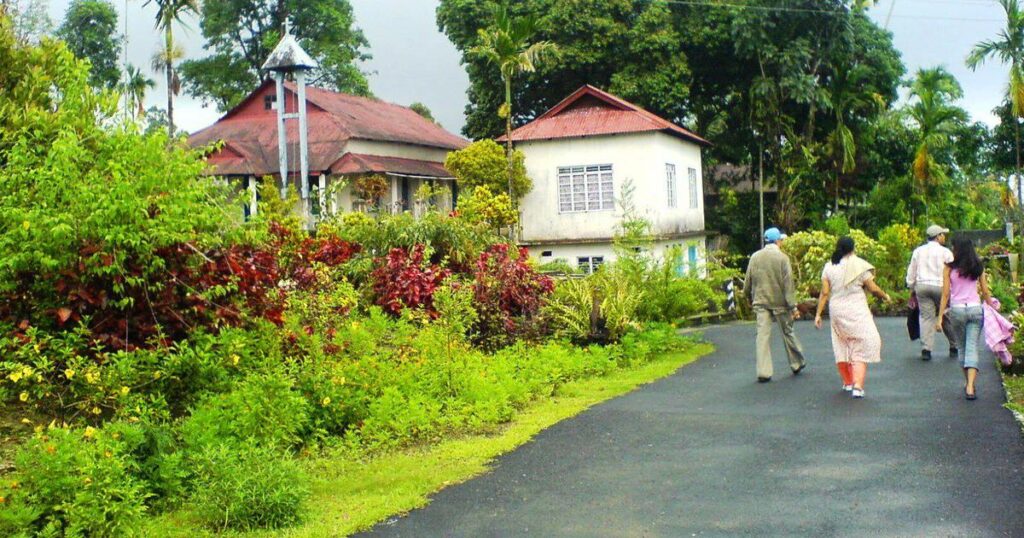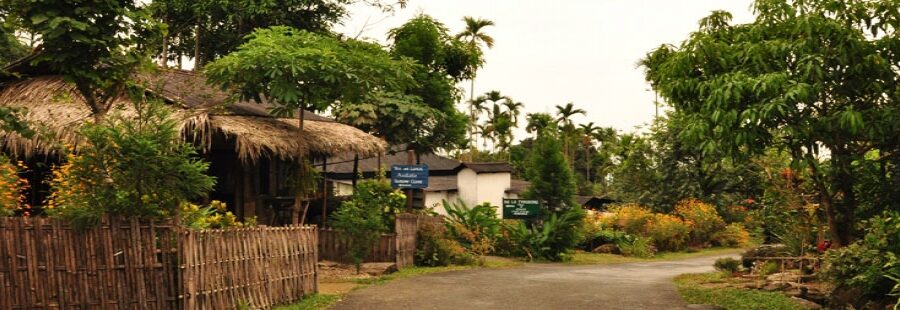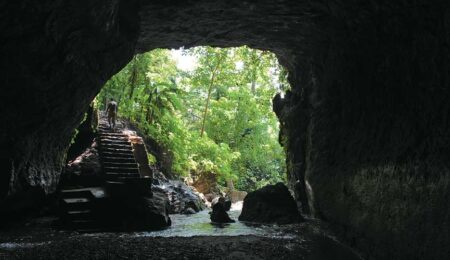
Tucked away in the northeastern part of India, in the verdant state of Meghalaya, lies a small village that has gained global recognition for its exceptional cleanliness and natural beauty. Mawlynnong Village, often called “Asia’s Cleanest Village,” is a shining example of community-driven initiatives and harmonious coexistence with nature. With its immaculate streets, vibrant gardens, and warm hospitality, Mawlynnong Village offers visitors a unique and inspiring experience.
Located in the East Khasi Hills district of Meghalaya, Mawlynnong Village is nestled amidst the lush greenery of the Khasi Hills near the border of Bangladesh. The village is inhabited primarily by the Khasi tribe, known for their strong sense of community and commitment to environmental conservation. Mawlynnong is a testament to their unwavering dedication to cleanliness and sustainable living.
One of the first things that strike visitors upon entering Mawlynnong is the pristine state of the village. The streets are impeccably clean, with every corner free from litter. The villagers take great pride in maintaining the cleanliness of their surroundings, and it is ingrained in their daily lives. Every morning, the residents sweep the streets with bamboo brooms, collect waste in bamboo dustbins, and ensure the village remains spotless.
The cleanliness drive in Mawlynnong Village is not just limited to the streets but extends to every aspect of life. Each household has a dedicated compost pit, transforming biodegradable waste into organic manure. Plastic waste is strictly banned in the village, and visitors are encouraged to dispose of any plastic items they bring before entering Mawlynnong. This commitment to eco-friendly practices has earned the village accolades and recognition worldwide.
Beyond its cleanliness, Mawlynnong Village is a haven for nature lovers. The village is enveloped by a breathtaking landscape of rolling hills, meandering streams, and cascading waterfalls. One of the village’s most iconic attractions is the living root bridge, a marvel of bioengineering where the roots of trees are trained to grow and intertwine to form a natural bridge over streams. These bridges, crafted over decades by the villagers, are functional and a testament to the symbiotic relationship between humans and nature.
Another must-visit site in Mawlynnong is the Sky View, a bamboo platform offering panoramic countryside views. Visitors can witness the breathtaking beauty of the lush green valleys and the distant mist-covered hills from this vantage point. The experience is truly awe-inspiring and a testament to the natural wonders that Meghalaya has to offer.
The warm and welcoming nature of the villagers adds to the charm of Mawlynnong Village. The Khasi people are known for their hospitality and simple way of life. Visitors can interact with the locals, learn about their customs and traditions, and even participate in community activities. Homestays are a popular choice for accommodation, where visitors can experience the warm embrace of the Khasi culture firsthand.
The village is located in the East Khasi Hills district of Meghalaya and is about 90 km from Shillong. The village is home to about 500 people belonging to the War-Khasi tribe. The villagers are mostly farmers and grow crops like betel nut, oranges, areca nut, ginger, and turmeric. The village is also known for its cleanliness. The villagers have taken the initiative of keeping the village clean and have succeeded in doing so. The village was awarded the title of ‘Asia’s Cleanest Village’ by the Discovery Channel in 2003. The villagers are also very hospitable and welcome tourists with open arms. The villagers provide tourists who visit the village with accommodation and food. The villagers also inform the tourists about the places to visit in and around the village. The village of Mawlynnong is truly a place where one can experience the true meaning of hospitality.
Mawlynnong Village is not just a tourist destination but also a role model for sustainable tourism. The village has inspired other communities in India and beyond, showcasing the power of collective action and its positive impact on the environment. Many visitors leave Mawlynnong with fond memories and a renewed sense of responsibility toward keeping their surroundings clean and preserving the natural beauty around them.
The village of Mawlynnong was established in the early 19th century. The War-Khasi people are believed to have migrated to the area from central Asia. The village is located on a plateau at an altitude of 1,000 meters (3,281 feet). The climate is mild, and the village receives an annual rainfall of over 2,000 millimeters (79 inches).
 The War-Khasi people are subsistence farmers. They grow crops such as rice, maize, and potatoes. They also rear livestock, such as chickens and pigs. The village has a cooperative farm where crops are grown for sale. The village also has a small cottage industry making handmade baskets and brooms.
The War-Khasi people are subsistence farmers. They grow crops such as rice, maize, and potatoes. They also rear livestock, such as chickens and pigs. The village has a cooperative farm where crops are grown for sale. The village also has a small cottage industry making handmade baskets and brooms.
As the world grapples with environmental challenges, Mawlynnong Village is a shining beacon of hope. It demonstrates that a harmonious relationship with nature can be nurtured through conscious efforts, and a cleaner, greener future can be built. A visit to Mawlynnong Village is a humbling experience that reminds us of our responsibility to protect and cherish the natural wonders surrounding us.
In a world where cleanliness often takes a backseat, Mawlynnong Village serves as a reminder that with determination, awareness, and community participation, it is possible to create a sustainable and pristine environment. As more people discover the wonders of Mawlynnong Village, we hope that the spirit of cleanliness and environmental consciousness spreads far and wide, transforming our villages and cities into havens of beauty and sustainability.
In conclusion, Mawlynnong Village in Meghalaya is a beautiful and serene place known for its cleanliness. The village is situated on the top of a hill and is surrounded by lush green forests. The village has a population of about 500 people and is inhabited by the Khasi tribe. The village is well-known for its unique culture and traditions. The people of the village are very hospitable and welcoming. They follow a matrilineal system of descent and property inheritance. The village has a unique waste management system; the streets are lined with bamboo dustbins. There is a ban on smoking and alcohol in the village. The village is also home to the Living Root Bridges, a unique feature of the village. The village is a perfect example of sustainable living and worth visiting.





